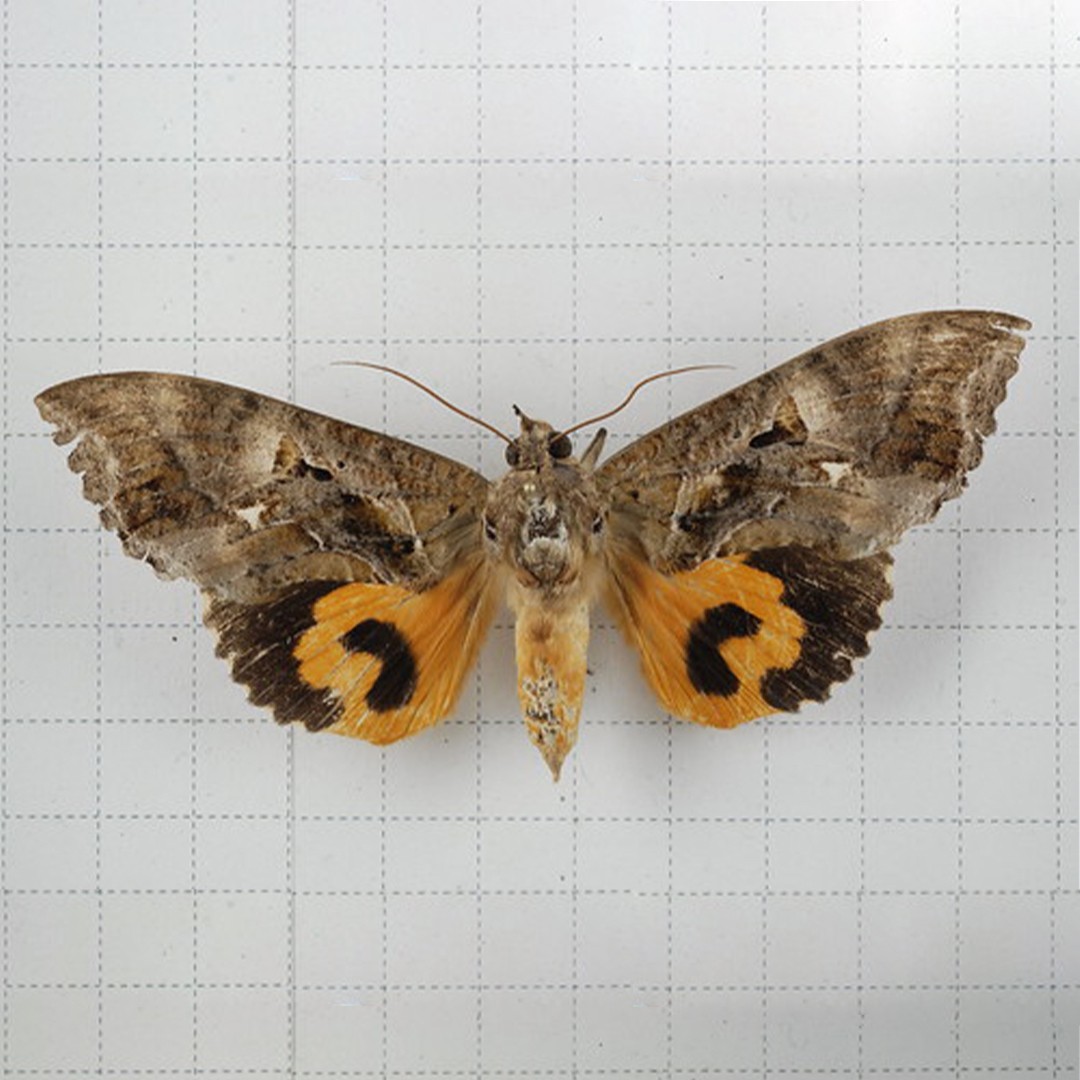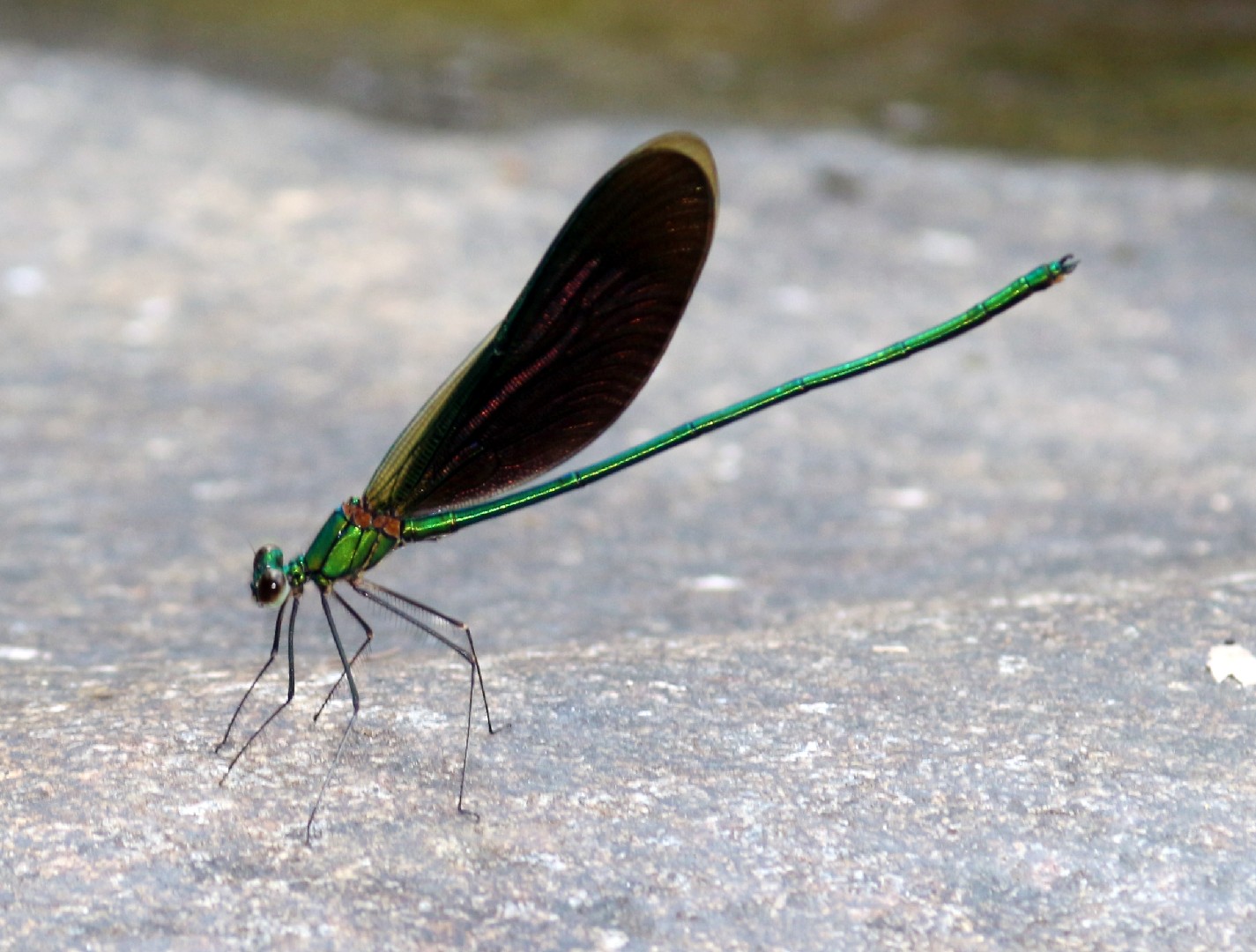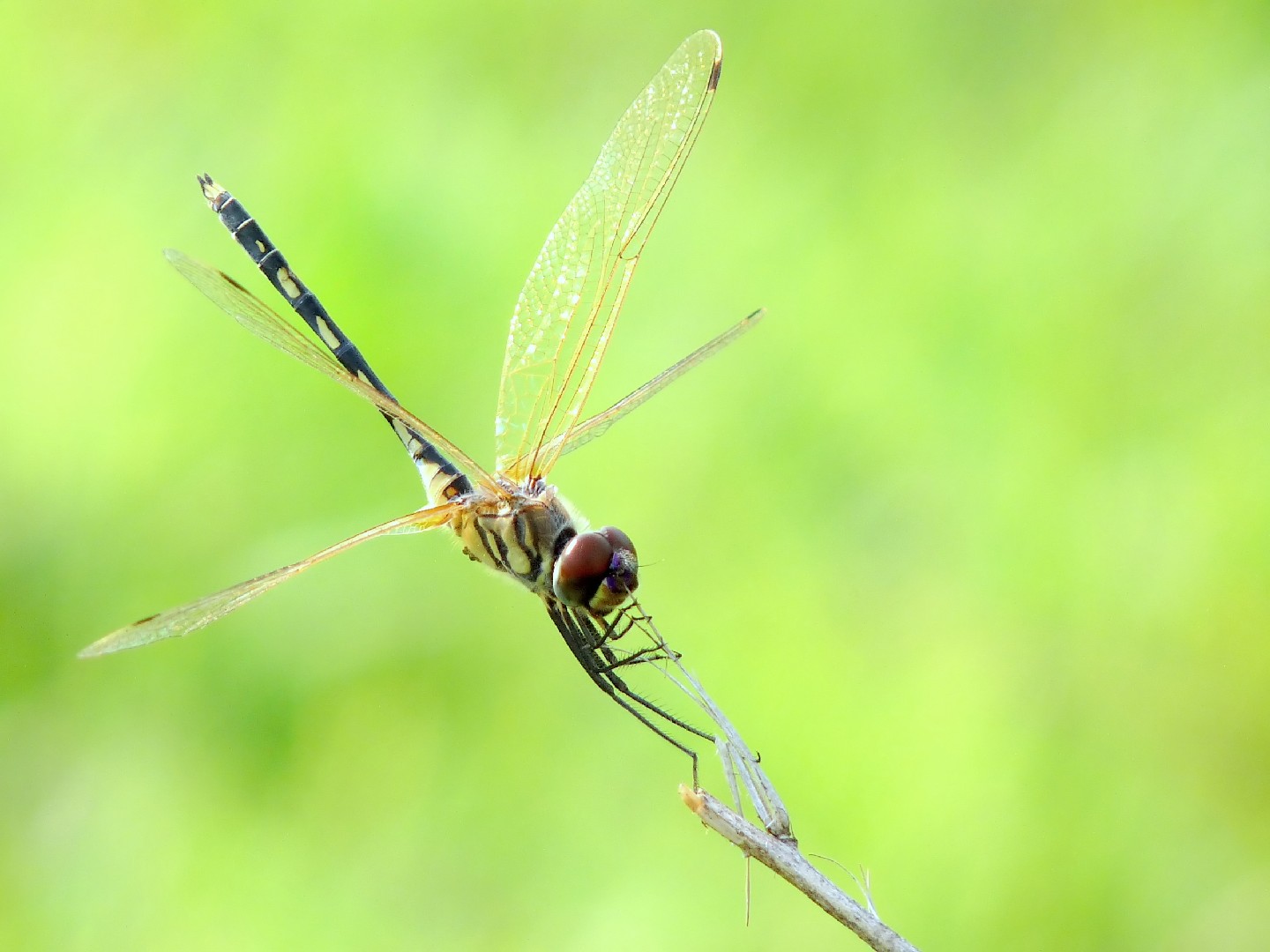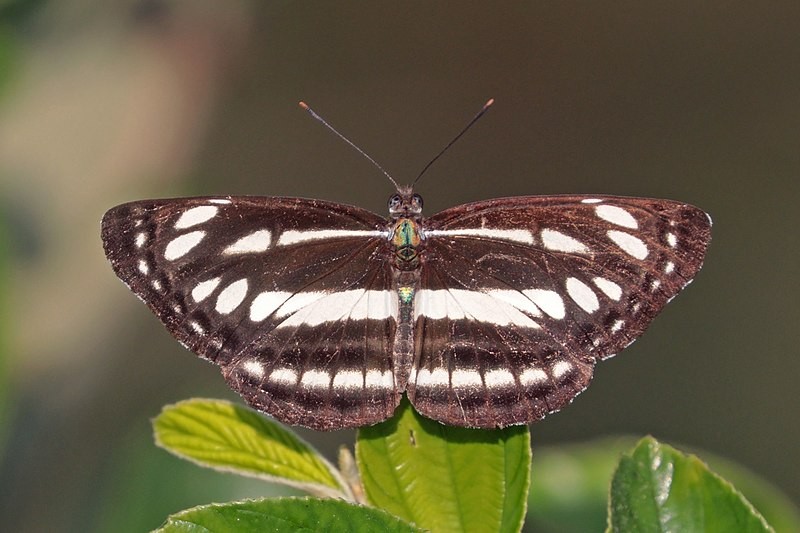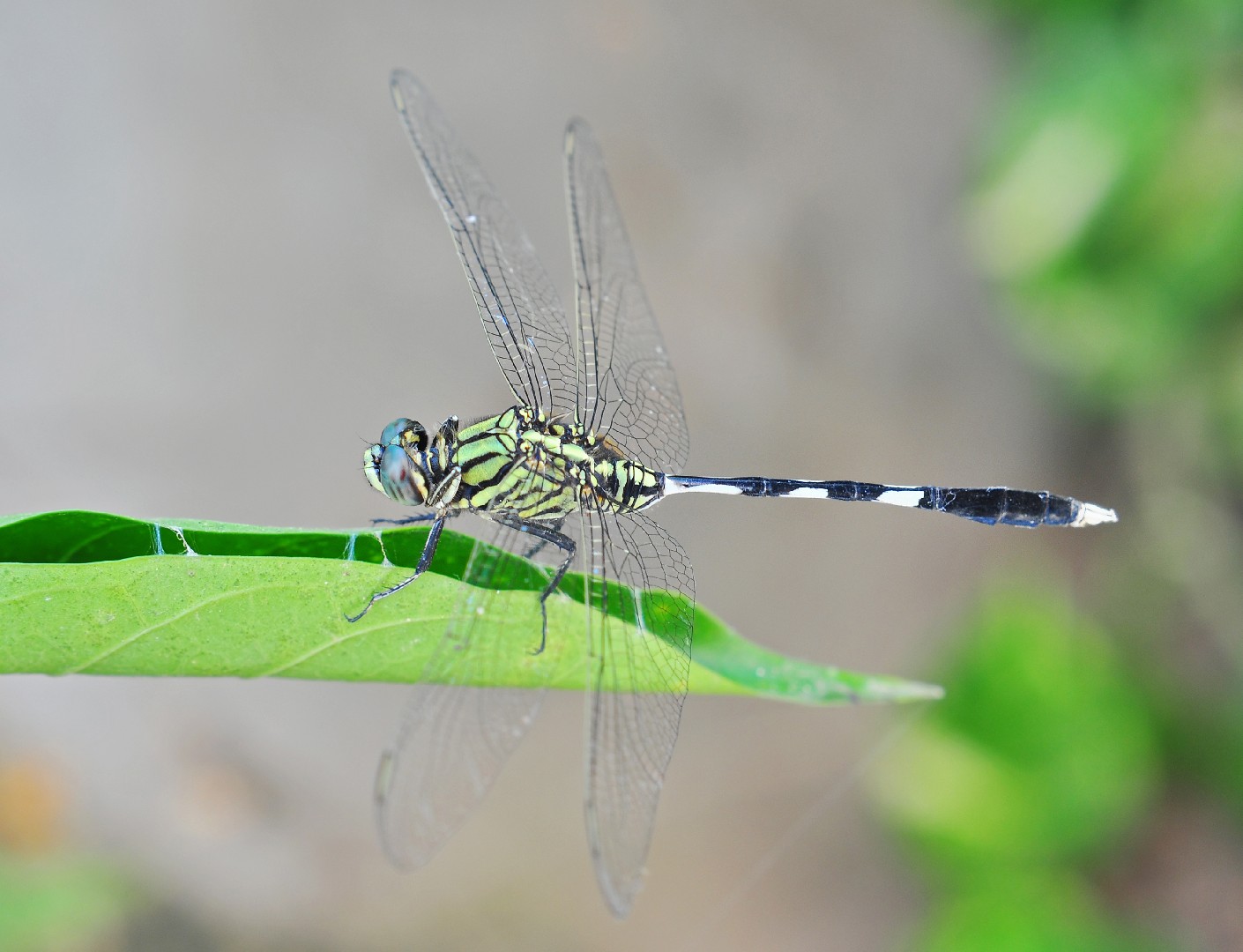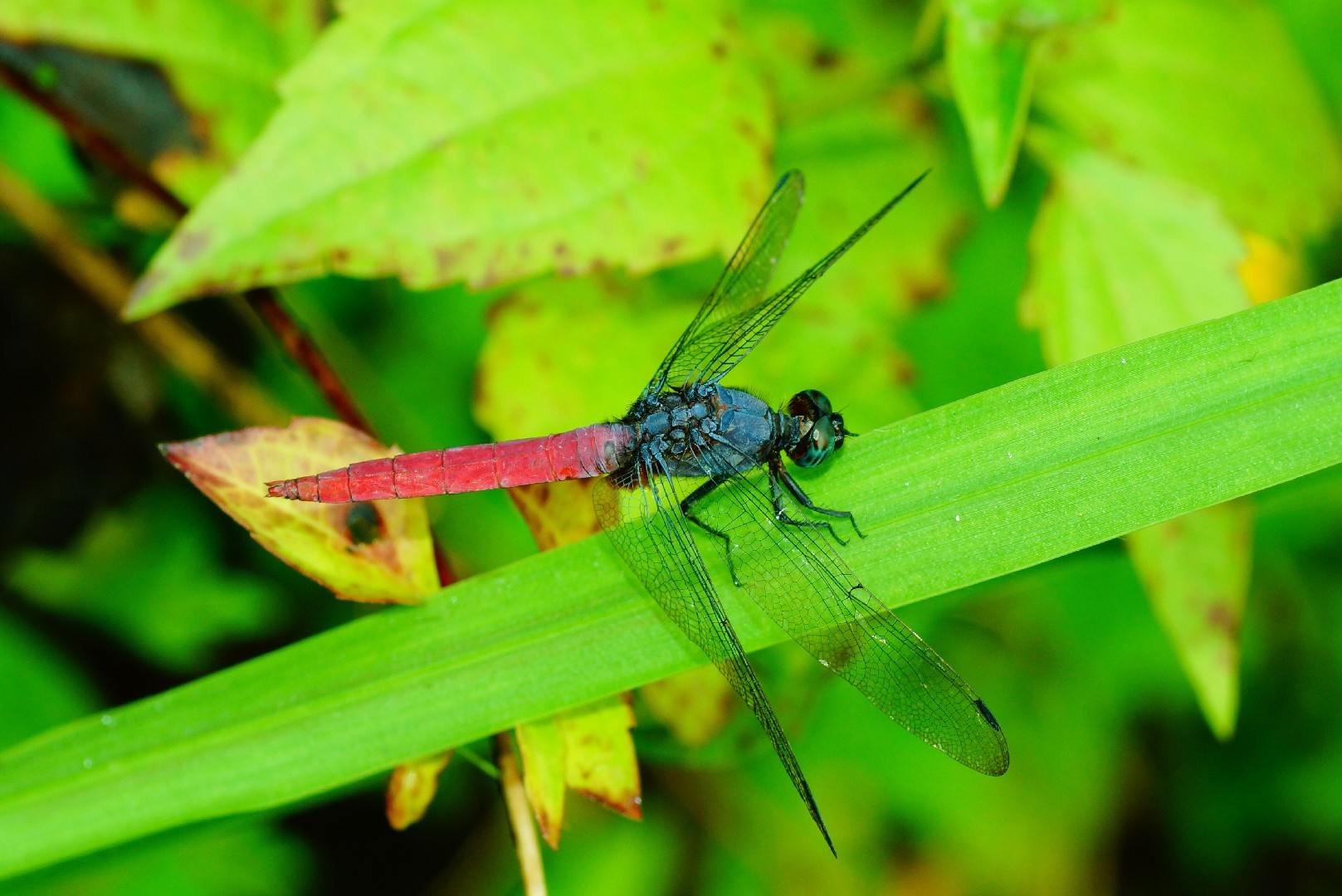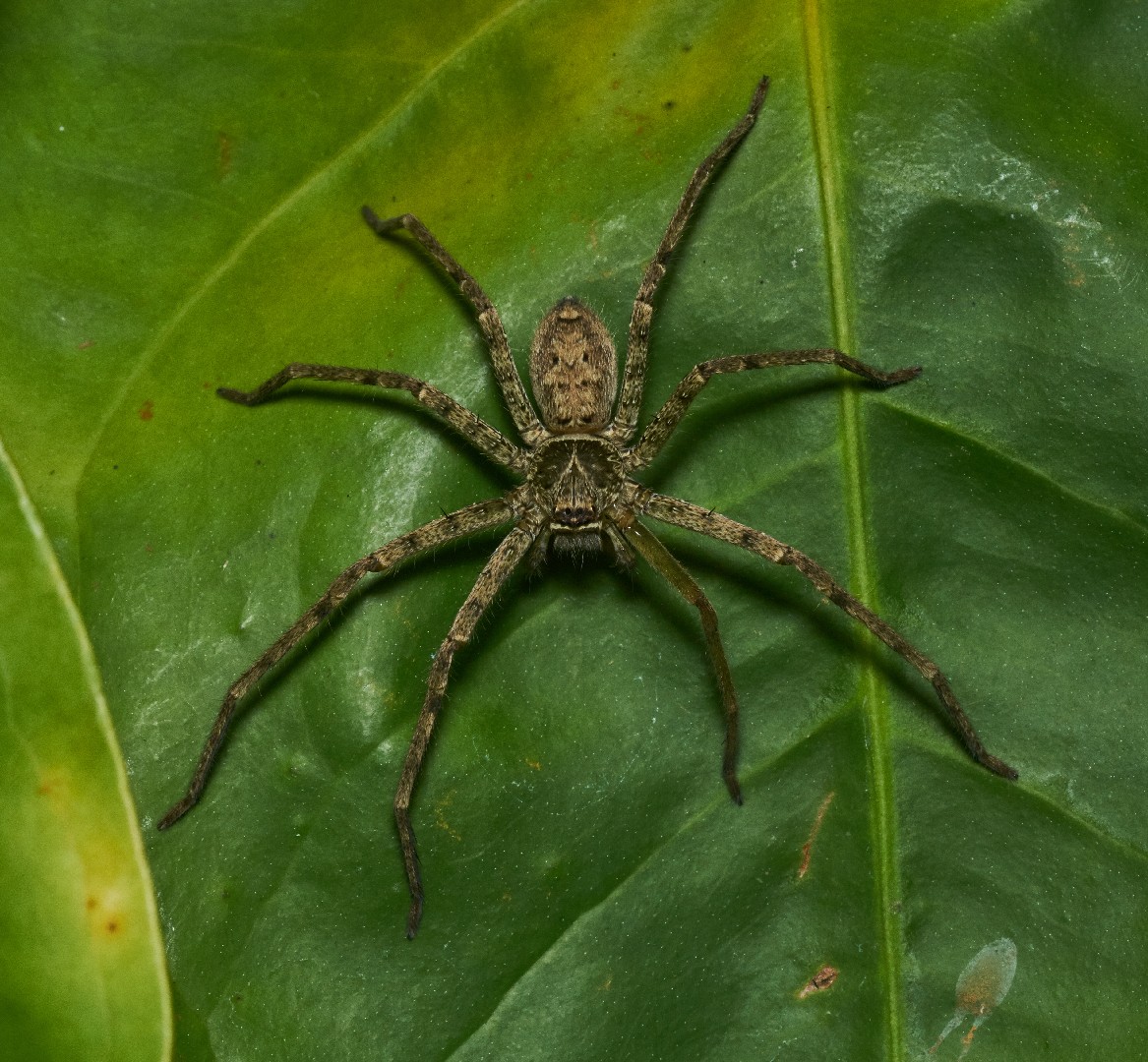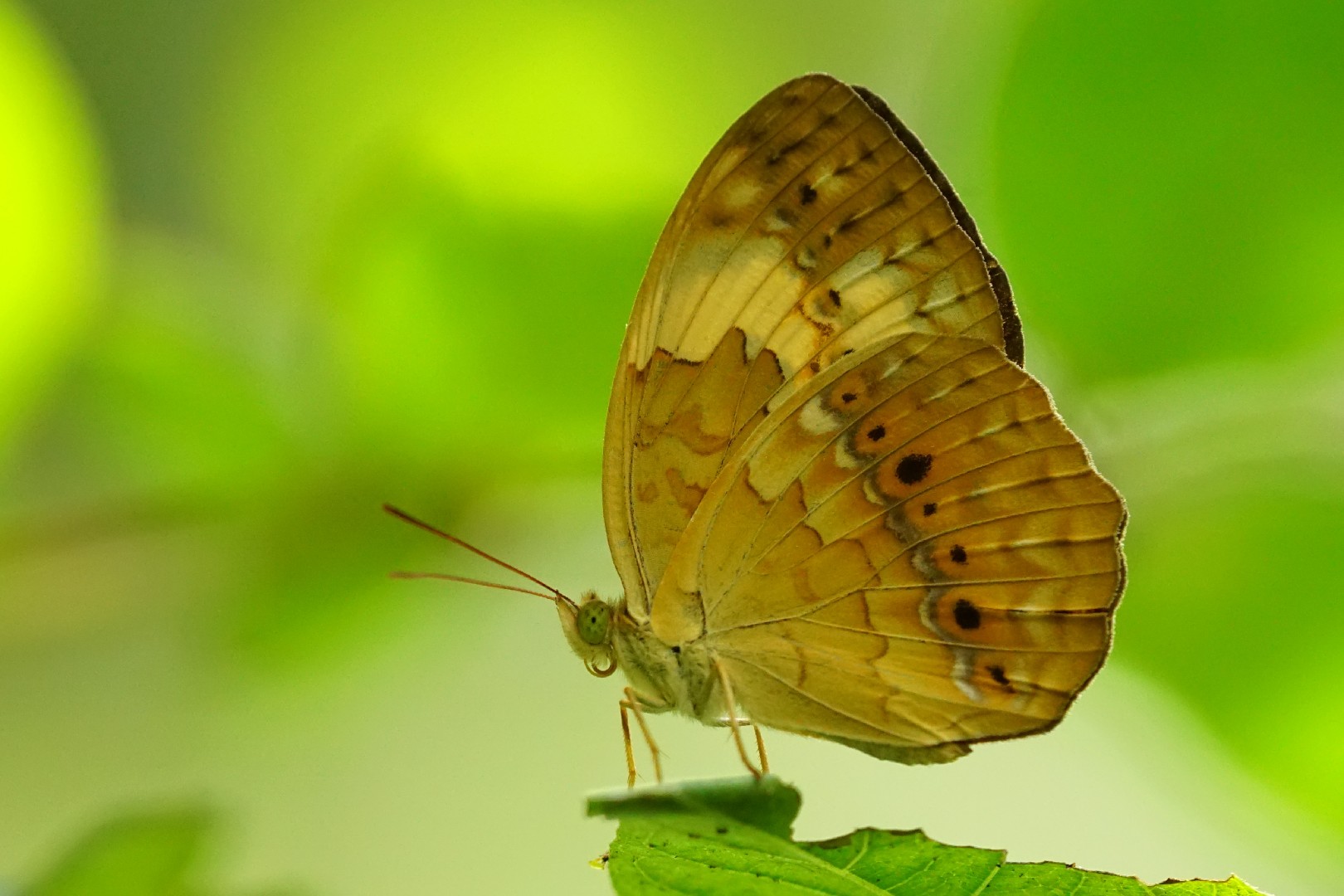Top 20 Most Common Insects in Myanmar
Insects, distinguished by their segmented bodies and ability to adapt, inhabit all corners of Myanmar, showcasing the stunning biodiversity within this region. The diversity varies across Myanmar's varied landscape, which ranges from mountains to lowlands. Common insect species in Myanmar can be influenced by geographical locations, climate, ecosystem, and human intervention. Understanding the ties between these creatures and their environment highlights their roles as pests and beneficial species, connecting us more deeply to the intriguing world of 20 most common insects.
Most Common Insects

1. Lemon pansy
It is brown with numerous eyespots as well as black and lemon-yellow spots and lines on the upperside of the wings. The underside is a dull brown, with a number of wavy lines and spots in varying shades of brown and black. There is also an eyespot on the lower side of the forewing. The wet- and dry-season forms differ considerably in coloration and even shape. In the wet-season form the markings are distinct and vivid and the wing shape is a little more rounded. In the dry-season form the markings are obscure and pale especially on the underside and the wing margin is more angular and jagged. 
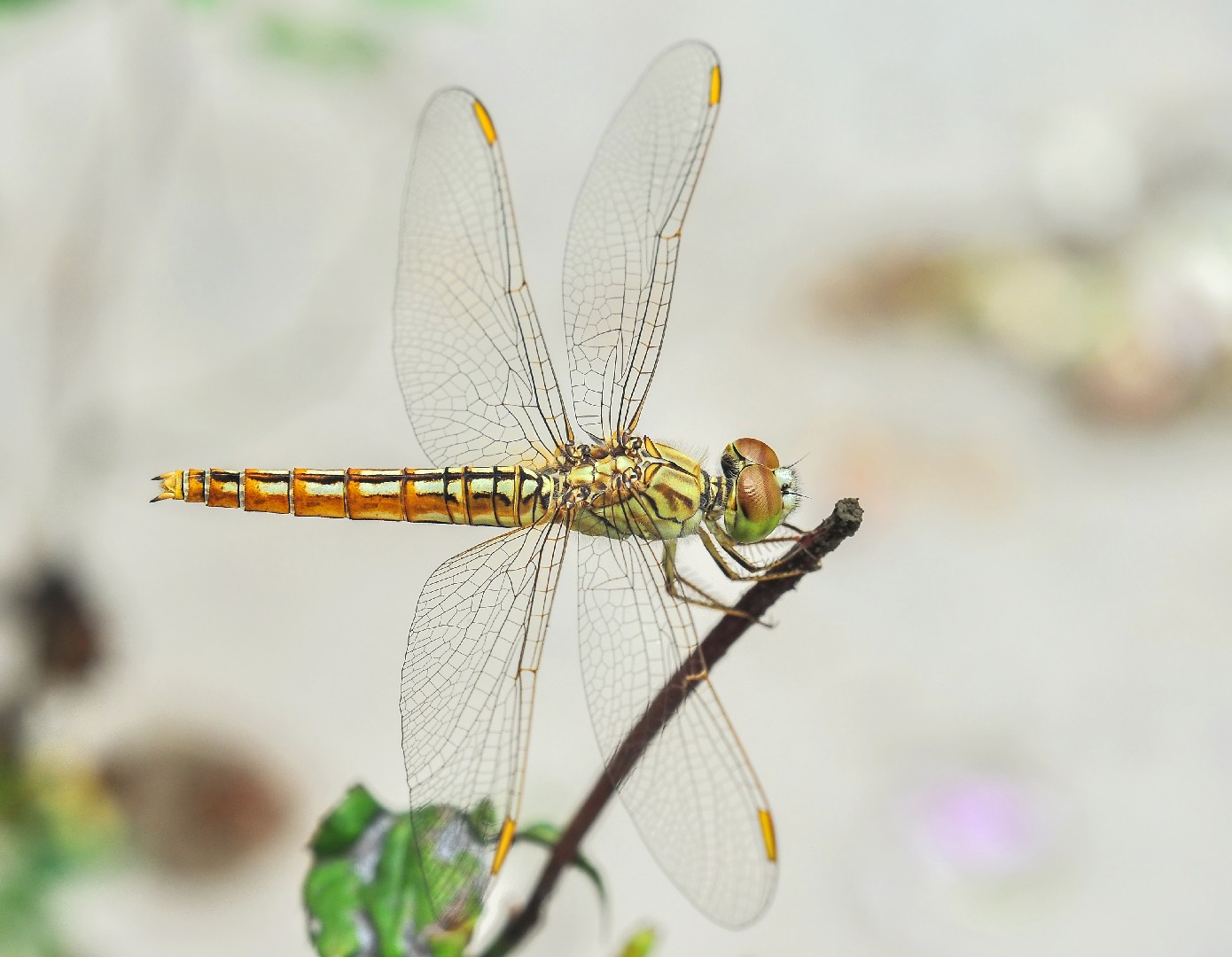
2. Ditch jewel
The species is on the IUCN Red List as not endangered, year of assessment 2010.
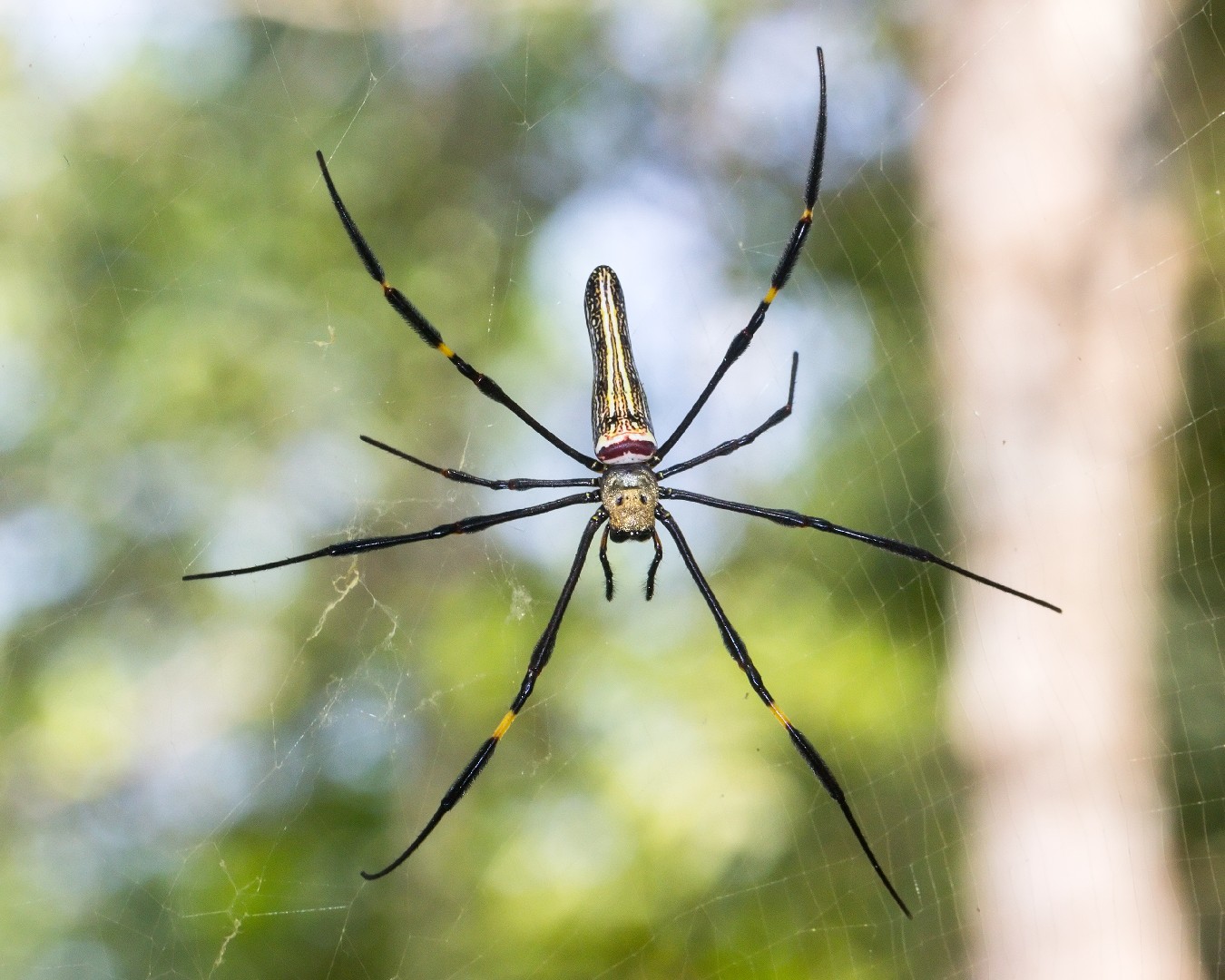
3. Giant golden orb weaver
The giant golden orb weaver (Nephila pilipes) is known for spinning a golden web. Despite that being neat, that isn't the weirdest part about them. Females are known to favor gigantism, causing males to be much smaller than average females. Males are known to have mating plugs which attempt to prevent other males from mating, but the size difference can make this tricky.
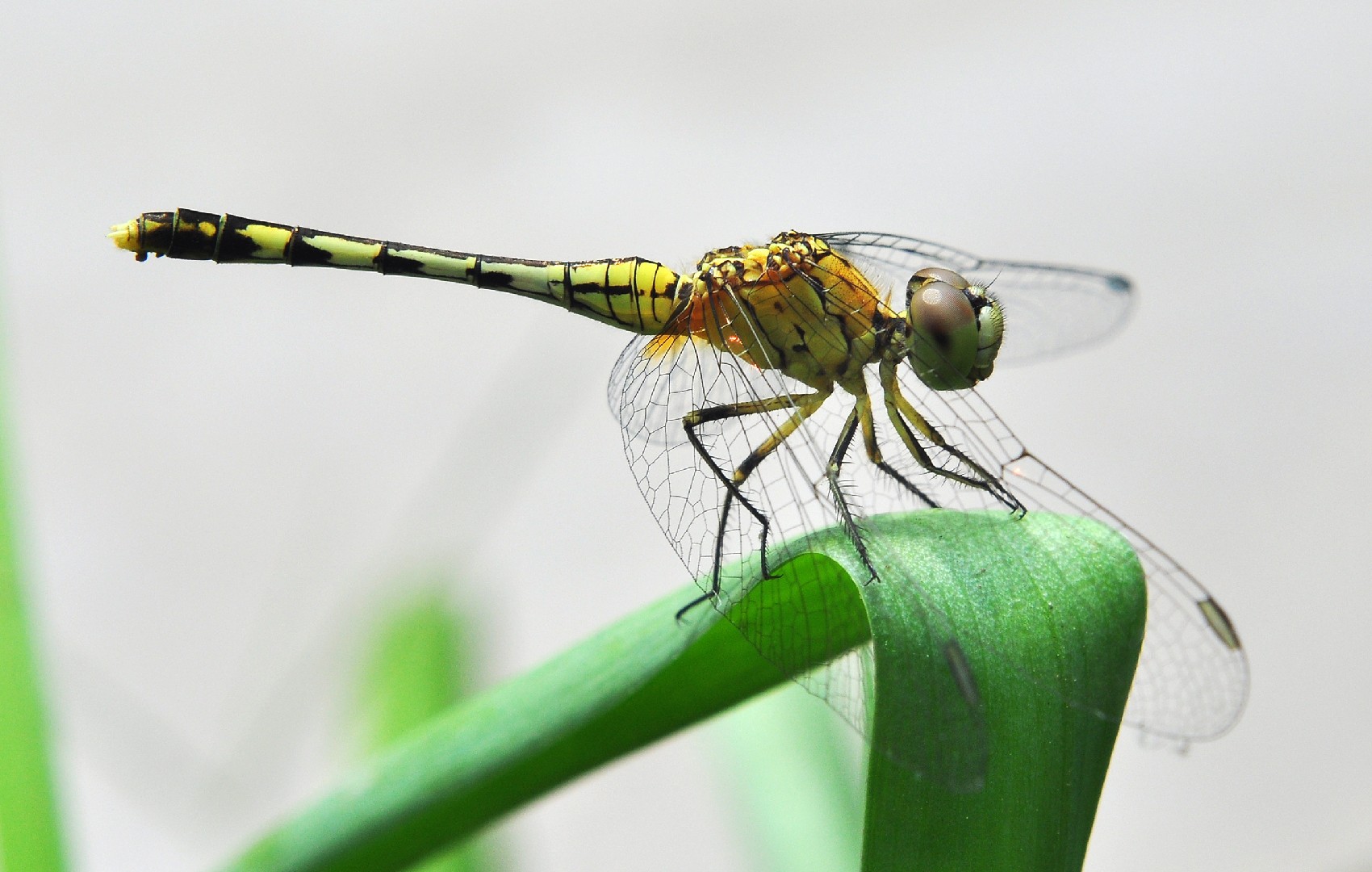
4. Chalky percher
Diplacodes trivialis is small dragonfly with bluish eyes and greenish-yellow or olivaceous thorax and abdomen with black marks. In very old adults, the whole thorax and abdomen become uniform pruinosed blue. Clear wings, without apical or basal markings, and the creamy white anal appendages and deep pruinescence in adults help to distinguish this species from others in its genus. 
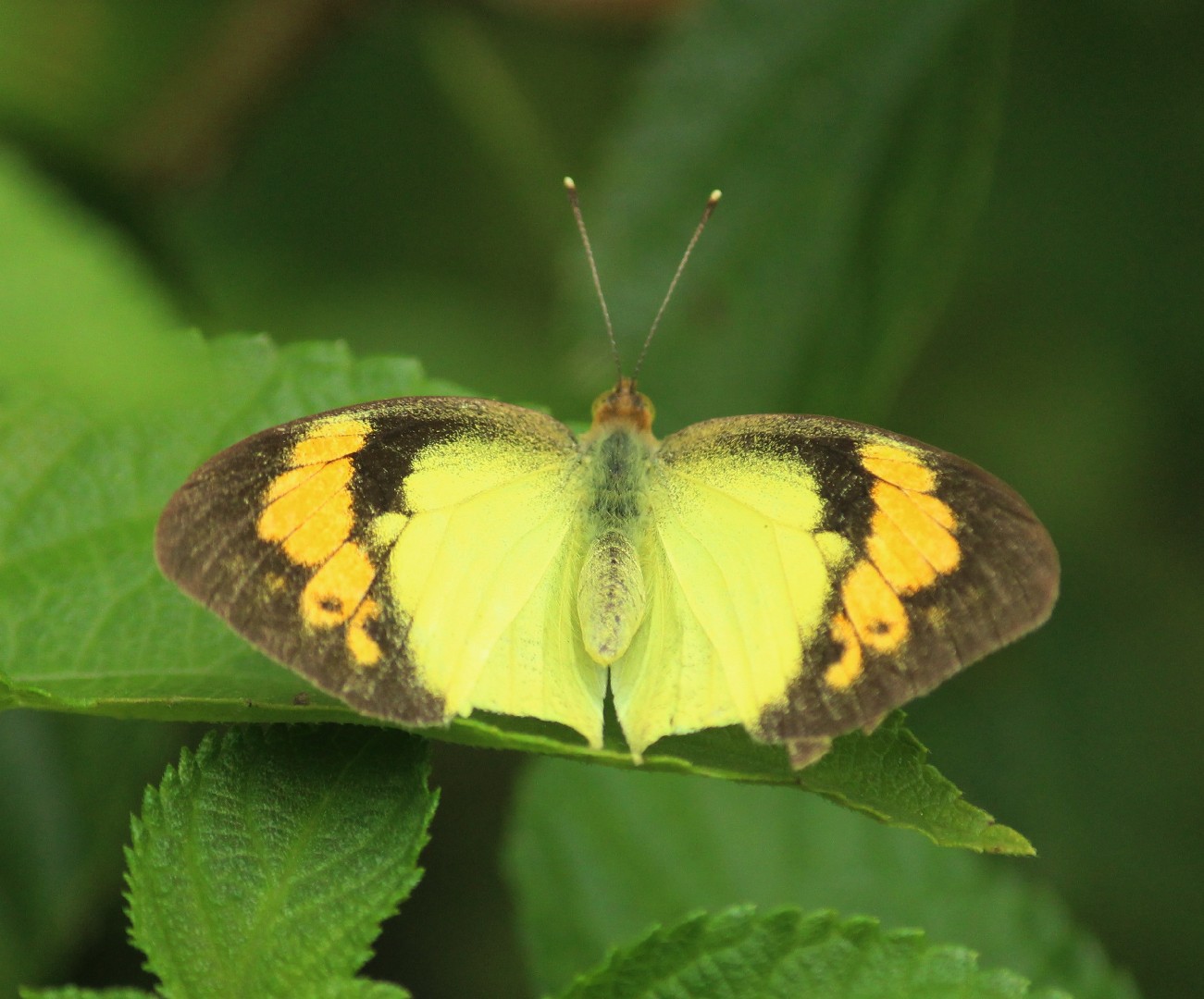
5. Yellow orange tip
The species wingspan is between 50 and 55 mm. Dry-season brood: Male upperside: deep sulphur-yellow. Forewing: base and basal half of costa thickly irrorated with black scales; apical half of the wing black, with an enclosed, large, irregularly triangular, orange-coloured patch, the apex of which is more or less broadly rounded and blunt; the orange colour extends into the apex of the cell but is interrupted there by a black discocellular spot that spreads diffusely inwards and joins the black oblique bar which forms the base of the orange patch; veins that traverse this latter, black. Hindwing: uniform with a little black scaling at extreme base; termen with a dusky-black somewhat narrow border (sometimes entirely absent) which decreases in width posteriorly. Underside: a darker yellow, sparsely irrorated (sprinkled) with fusco-ferruginous short strigae and minute spots. Forewing: base and posterior area broadly, with a whitish pale virescent (greenish) tint; the strigae and minute spots most numerous towards the apex and along the termen; interspaces 4, 5, 6 and 8 with a curved sub-apical series of small, rounded, dull ferruginous spots and a similar spot on the discocellulars. Hindwing also with a ferruginous spot on the discocellulars, followed by a postdiscal series of similar spots in interspaces 3 to 8, all or most of them centred with white; the spots in interspaces 5, 6 and 8 the largest, those in 5 and 6 often coalescent. Antennae and thorax anteriorly dull ferruginous, thorax posteriorly and abdomen above fuscous black; head, thorax and abdomen beneath yellow. Female upperside: white faintly tinged with yellow. Forewing: apical half black, with an enclosed, irregular, broad, oblique patch of the ground colour that extends into the upper apex of the cell, on the inner side of this the black is reduced to a short oblique bar broadened at the lower apex of the cell, from whence it is continued as a somewhat slender diffuse oblique streak to the tornus, where it broadens again abruptly and meets the black on the termen; the outer margin of the oblique white patch is irregularly crenulate, sometimes trisinuate; the black colour on the apex often forms a right angle on vein 4; on the white patch posteriorly there is a black spot in interspace 2 and another in interspace 3. Hindwing: uniform, a few subobsolete slender, fuscous, transverse strigae posteriorly; the terminal margin sometimes with (more often without) a narrow dusky black edging, broadened anteriorly at the apices of the veins. Underside: similar to that in the male, with similar markings, the ground colour a dark dull ochraceous, the fusco-ferruginous strigae more numerous. Antennae, head, thorax and abdomen as in the male. Wet-season brood: Upperside in both male and female differs in the broader, more pronounced, black terminal edging to the hindwing, which is often remarkably broad, and in the female by the ground colour which is pale yellow. Underside: the fusco-ferruginous strigae and spots often subobsolete, occasionally entirely absent in the male. 
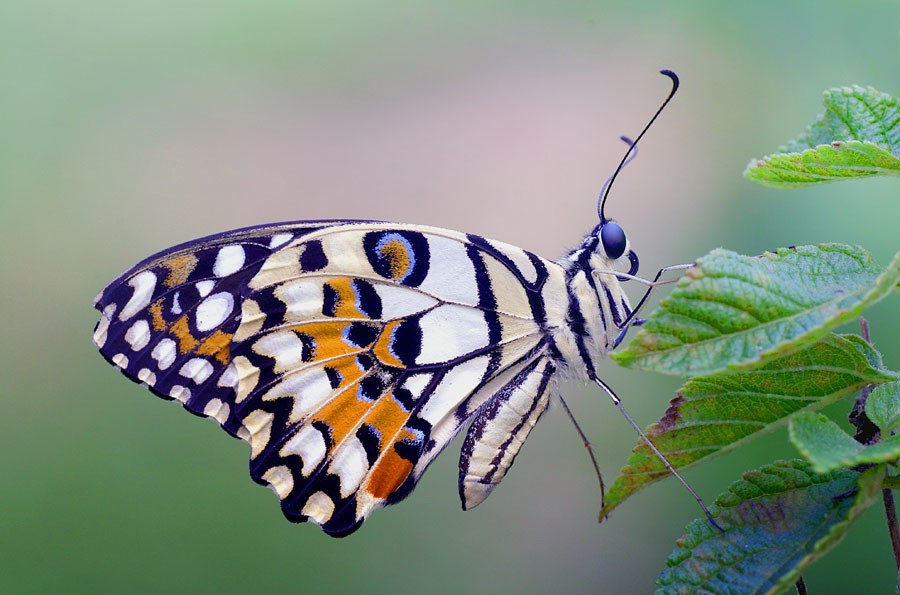
6. Lime swallowtail
The lime swallowtail (Papilio demoleus) has a beautiful black and white pattern, but it's considered a major pest to citrus trees. It feeds on nearly any type of citrus, including oranges and limes. This butterfly's small, green larvae are capable of defoliating an entire nursery grove. They are truly trouble makers in the citrus orchard.

7. Crimson marsh glider
The male has a reddish-brown face, with eyes that are crimson above and brown on the sides. The thorax is red with a fine, purple pruinescence. The abdomen, the base of which is swollen, is crimson with a violet tinge. The wings are transparent with crimson venation and the base has a broad amber patch. The wing spots are a dark reddish-brown and the legs are black. The female has an olivaceous or bright reddish-brown face with eyes that are purplish-brown above and grey below. The thorax is olivaceous with brown median and black lateral stripes. The abdomen is reddish-brown with median and lateral black markings. The black markings are confluent at the end of each segment and enclose a reddish-brown spot. The wings are transparent with brown tips. The venation is bright yellow to brown and basal amber markings are pale. The wing spots are a dark brown and the lags are dark grey with narrow yellow stripes. 

8. Peacock pansy
The adult butterfly has a wingspan of 5 - 6 cm,and exhibits seasonal polyphenism. "Upperside rich orange-yellow. Fore wing with a pale dusky and a much darker short transverse bar with lateral jet-black marginal lines across cell, another somewhat similar bar defining the discocellulars; costal margin, an inner and an outer subterminal line, and a terminal line dusky black; a large minutely white-centred ocellus with an inner slender and outer black ring on disc in interspace 2; two similar but smaller geminate subapical ocelli with an obscure pale spot above them and a short oblique bar connecting them to the black on the costa. Hind wing: a small minutely white-centred and very slenderly black-ringed discal ocellus in interspace 2, with a very much larger pale yellow and black-ringed ocellus above it spreading over interspaces 4, 5 and 6, the centre of this ocellus inwardly brownish orange, outwardly bluish black, with two minute white spots in vertical order between the two colours; finally postdiscal subterminal and terminal black sinuous lines. "Underside ochraceous brown, very variable. In most specimens the cell of the fore wing is crossed by three dark sinuous bands, the outermost along the discocellulars; these are very faint in some; both fore and hind wings crossed by a basal and a discal pale sinuous line, the latter margined outwardly by a dark shade, which is traversed by an obscure somewhat obsolescent row of dark spots, and outwardly bounded by a subterminal sinuous line, the dark shade in many cases spreading on the fore wing to the terminal edge of the wing; on the hind wing the subterminal line meets the discal in an acute angle at the tornus. Antennae dark brown; head, thorax and abdomen more or less orange-brown; paler beneath." "Upperside similar, the black markings deeper in colour and heavier, the subterminal and terminal lines more clearly defined. "Underside pale ochraceous. Fore wing: cell crossed by live short sinuous dark brown lines, a similar line on the discocellulars and another beyond it, both bent inwards at an angle and continued to the dorsum, the space between them forming a discal broad fascia, which pales to whitish posteriorly; the postdiscal ocelli, subterminal and terminal lines as on the upperside but paler. Hind wing: a slender transverse subbasal dark line, a discal whitish straight fascia in continuation of the one on the fore wing; the postdiscal ocelli, the subterminal and terminal lines much as on the upperside but paler; the anterior ocellus with a double iris and centre. Antennae dark brown; head, thorax and abdomen slightly darker than in the dry-season form. 
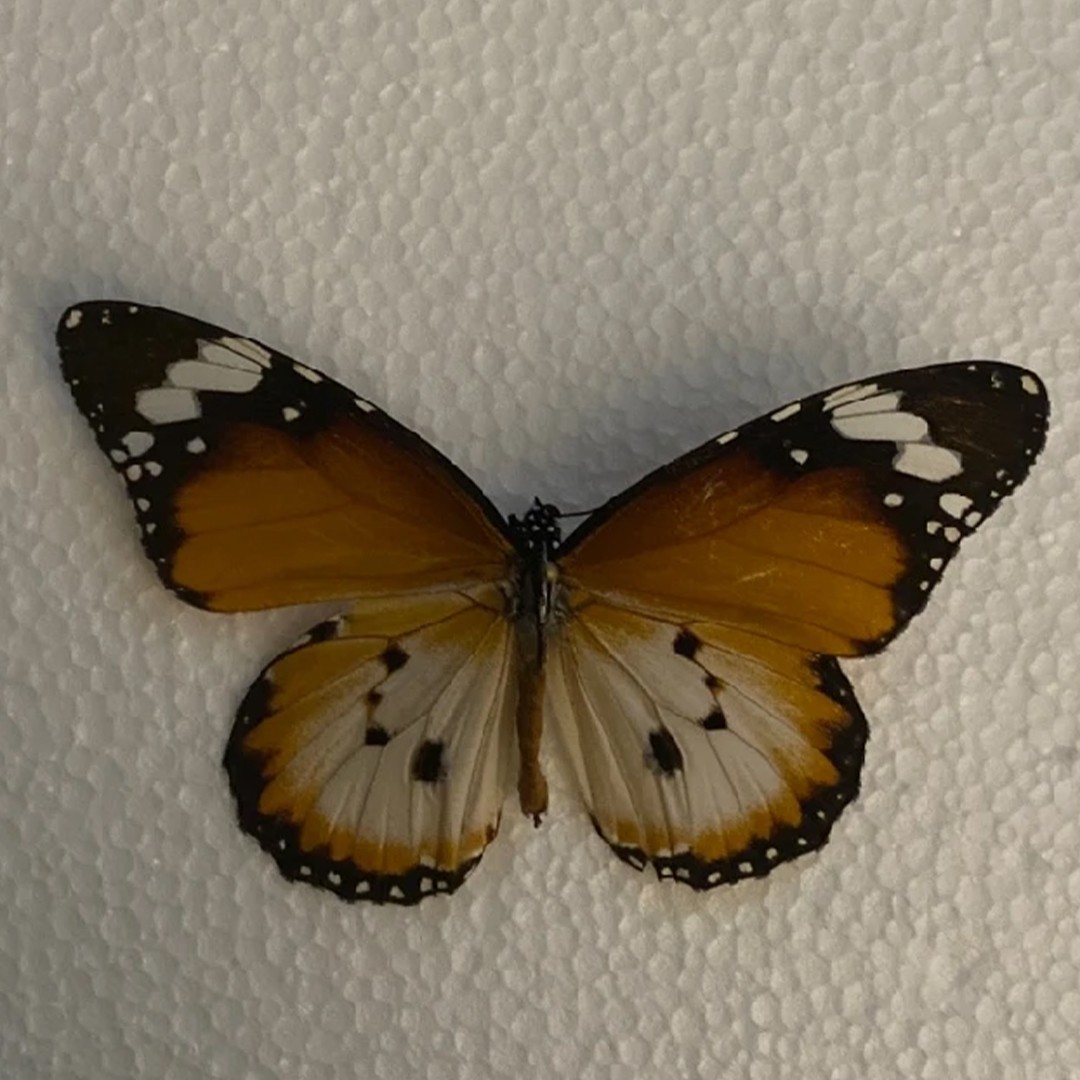
9. Plain tiger butterfly
D. chrysippus is a medium-sized butterfly with a wingspan of about 7–8 cm (2.8–3.1 in). The body is black with many white spots. The wings are orange, the upperside brighter and richer than the underside. The apical half of the forewing is black with a white band. The hindwing has three black spots in the center. The wings are bordered in black and outlined with semicircular white spots. This species exhibits slight sexual dimorphism, as the Male has large scent glands on his hindwings, which the female lacks. They appear as a large black spot with a white centre if viewed from the underside D. chrysippus is a polymorphic species, so the exact coloring and patterning vary within and between populations. It is similar in appearance to the Indian fritillary (Argynnis hyperbius), which may coexist with it. 
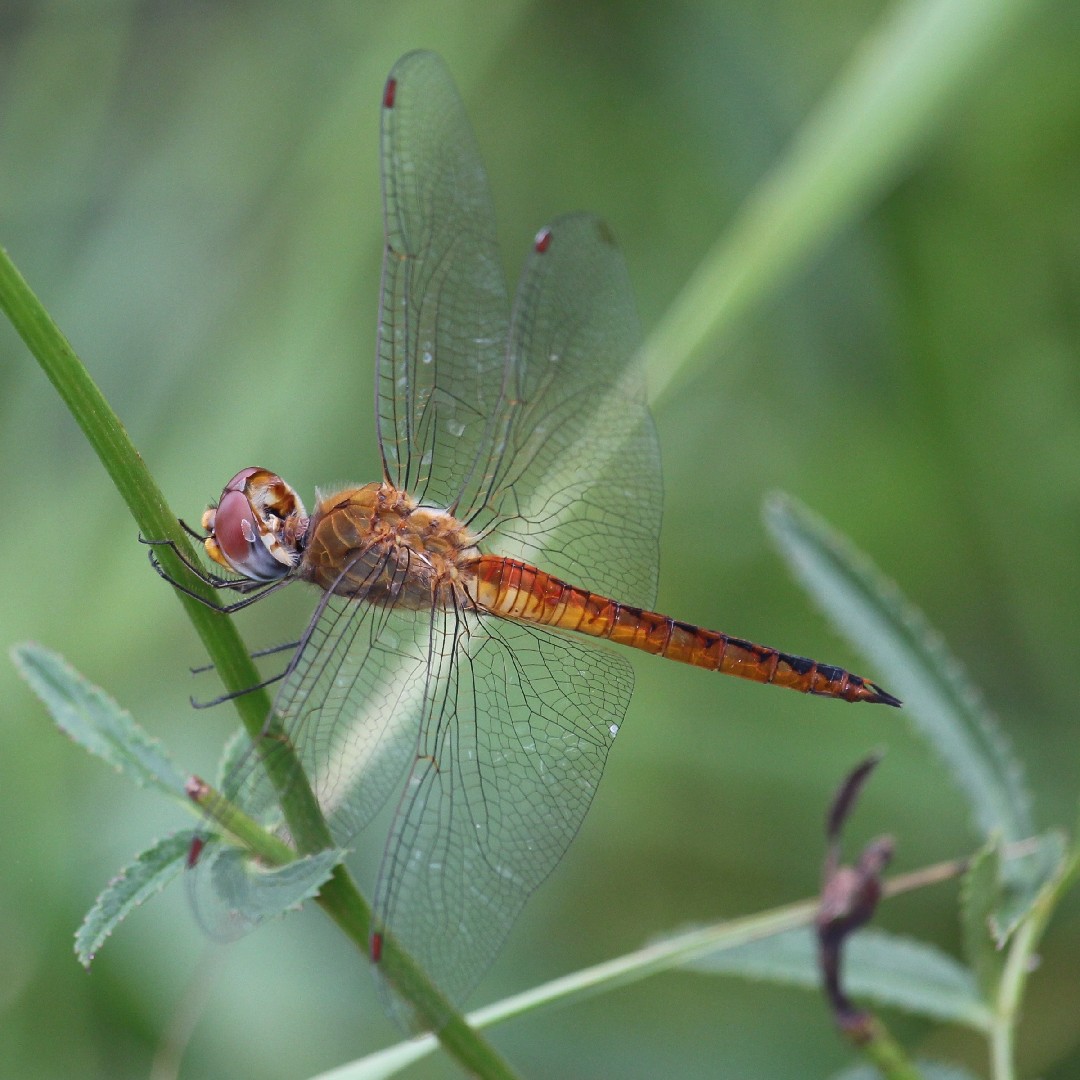
10. Wandering glider
The wandering glider (Pantala flavescens) is a yellow dragonfly that migrates long distances. It's easily recognized by its elegant flight pattern, where it seems to glide across the sky effortlessly, even when it's windy outside. It often lands near still water, which includes ponds and puddles.
More
